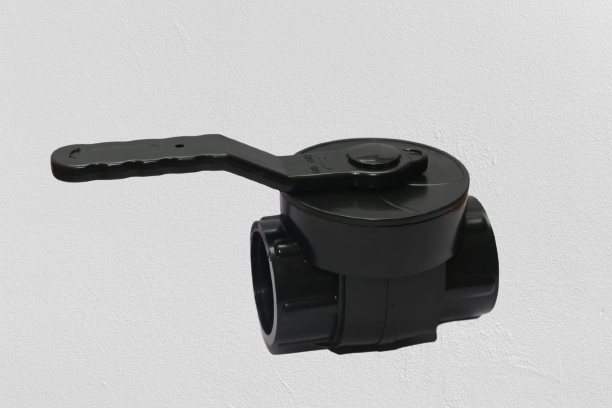
size-1",11/4",11/2",2",2.5",3",4"
An irrigation ball valve is a type of valve commonly used in irrigation systems to control the flow of water. It is named after its ball-shaped valve mechanism, which is located inside the valve body.
Here's how an irrigation ball valve typically works:
Valve Body: The valve consists of a hollow body usually made of metal or plastic. The body has an inlet and an outlet, through which water flows.
Ball: Inside the valve body, there is a spherical ball with a hole or port in the center. The ball is positioned in such a way that it can rotate within the valve body.
Handle or Lever: Connected to the ball is a handle or lever located on the exterior of the valve. By turning the handle or lever, you can rotate the ball within the valve body.
Flow Control: When the handle or lever is turned, the ball also rotates. In one position, the hole or port in the ball aligns with the inlet and outlet of the valve, allowing water to flow through the valve. In another position, the ball rotates so that the hole or port is perpendicular to the flow, effectively shutting off the water flow.
It's important to note that irrigation ball valves come in various sizes and materials to accommodate different system requirements. The appropriate valve size and material should be selected based on factors such as the pipe diameter, water pressure, and the specific application within the irrigation system.